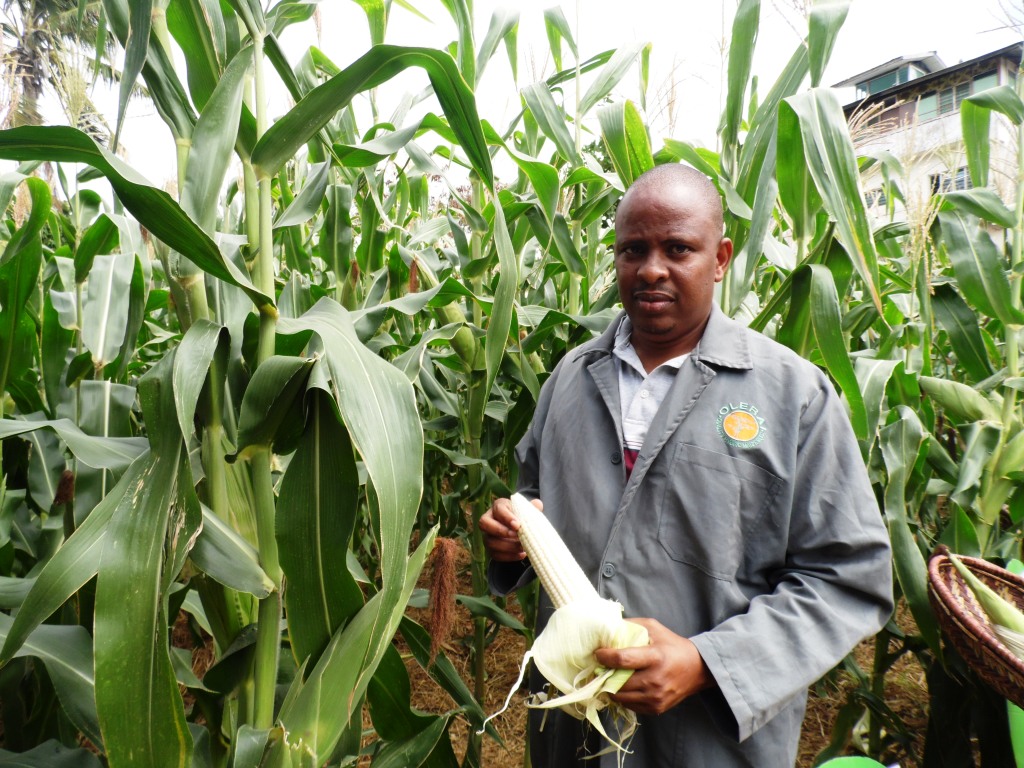Olerai Seeds Company Limited sales representative checks a maize cob for maturity during the 2016 ASK Show in Mombasa. Green maize price has triples in Mombasa. Photo by Laban Robert.
The cost of green maize in Mombasa has tripled as the shortage for the country's staple food spreads due to the ongoing.
Zacchary Masing’a, a maize trader at the Kongowea Market in Mombasa, said the price has risen up by more than three times in the past seven months.
A 115kg bag filled with maize is bought at an average of Sh5,800 though at times it fluctuates between Sh5,700 and Sh6,000 depending on the supply per day.
The cost of maize, which is the country’s staple food, has tripled since November 2016. This is attributed to low rainfall in the country, affecting even food-rich counties in the Rift valley region.
Mombasa County neighbours Kilifi, and Kwale Counties, which have been hit by the ongoing famine alongside Tana River and Taita-Taveta.
READ ALSO: Olerai's Tego maize matures in 75 days for fresh green market
READ ALSO:Drought tolerant maize can yield 20 bags in three months
READ ALSO: Farmer earns more from green maize than grains
More than 90 per cent of the farm produce is ‘imported’ from up country and Tanzania.
The price in Mombasa is thrice what wholesalers in Nakuru are paying for the same quantity of maize- Sh1,800.
Masinga said when the maize in plenty, more so in the Rift Valley, the same quantity costs less than Sh1,000.
Green maize is boiled or roasted for sale in the market streets and along the roads of major towns in the country. Roast maize, which costs Sh20 is retailing at between Sh10 and Sh40. A piece that was sold for Sh5 is costing Sh10, Masing'a said.
But more others buy the fresh produce for mixing with beans for a delicacy commonly called pure in Swahili, githeri in Kikuyu, Nyoyo in Dholuo, eyoyo in Ekegusii among other names.
According to Soko+, an online agribusiness pricelist source, a 115kg of green maize costs Sh2,260 in Nairobi, Sh2,520 in Kisumu and Sh2160 in Eldoret.
The few farmers who are producing the available maize in the various part of the country including central Kenya are relying on irrigation.

















Comments powered by CComment